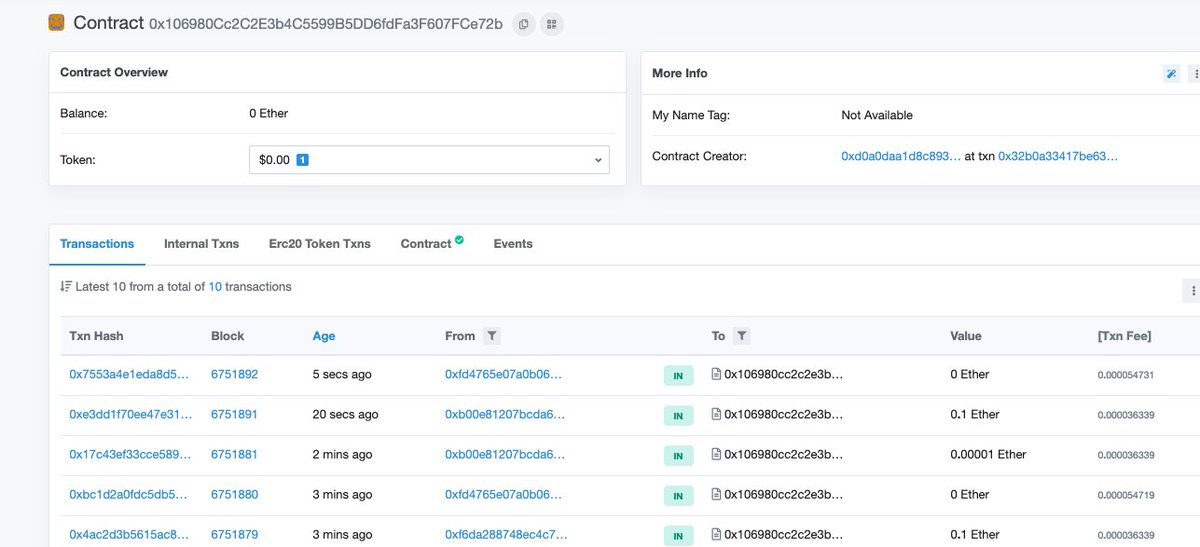To cut thru the noise, ask these questions:
1) Are the assets wrapped or pegged?
If they are wrapped/pegged, the project is out-sourcing security to another protocol.
THORChain secures native assets.
If the security model is "proof of stake" but does not couple the security of vaulted assets with their value, then the protocol can become unsafe.
THORChain uses an Incentive Pendulum - which is scalable and autonomous.
Atomic Swaps are a deal-breaker for incentivised liquidity pools, since Atomic Swaps cannot be pooled or incentivised, and is vulnerable to the "American Call Option"
THORChain uses always-on pooled liquidity.
Any variant of multi-sig does not allow the protocol to be chain-agnostic. It may work well for 1-2 chains, but is limited in committee size and not scalable for many chains.
THORChain uses TSS
If there is no churning scheme (rotating out old validators regularly), then the chain can be captured and is not secure.
THORChain churns validators every 3 days.
Any presence of delegation is a deal-breaker. Nodes can acquire capital they didn't pay for and steal assets. Don't accept delegated PoS protocols to secure assets.
THORChain uses Proof-Of-Bond with no ability to delegate.
Virtue-signalling founders or branded public nodes leads to capture, collusion and subjectivity.
THORChain aggressively targets anon nodes with no support for branding or signalling.
Heavy governance results in a death of a thousand cuts.
THORChain has very little on-chain governance, and version updates are done as opt-in only.
Don't accept anything less from the exchange of the future.
THORChain's software is open-source, you're welcome to use it.
$RUNE







